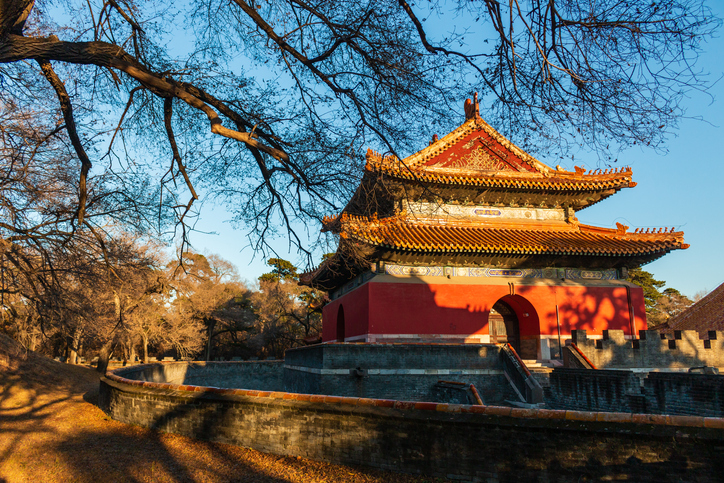
The Transeurasian language family that includes Japanese, Korean, Mongolian, Turkish, and Tungusic languages has had its origins traced back 9000 years, to early farming communities in what is now north-east China, according to a report published in the journal Nature that ‘triangulates’ genetics, archaeology, and linguistics in a unified perspective.
Transeurasian languages are spoken across a wide region of Europe and northern Asia. Until now, researchers assumed that they had spread from the mountains of Mongolia 3000 years ago, spoken by horse-riding nomads who kept livestock but were not farmers.
Martine Robbeets at the Max Planck Institute for the Science of Human History in Germany and her colleagues used linguistic, archaeological, and genetic evidence to arrive at the conclusion that it was the onset of millet cultivation by farmers in what is now China that led to the spread of the language family.
By studying the linguistic features of the languages and using computational analysis, the team mapped their spread through space and time based on their similarities to each other. Doing so allowed Robbeets and her team to trace the proto-Transeurasian language back to the Liao River area of north-east China around 9000 years ago.
“This is the exact time and place that millet is known to have been domesticated, according to archaeological evidence,” says Robbeets.
By adding genetic information and carbon-dating millet grains, the team revealed that the proto-Transeurasian-speaking population split into separate communities that then started adopting early forms of Japanese, Korean, and the Tungusic languages to the east of the original site, as well as early forms of Mongolic languages to the north and of Turkic languages to the west.
“We have languages, archaeology, and genetics which all have dates. So we just looked to see if they correlated,” says Robbeets.
Around 6500 years ago, the descendants of some of these farmers moved eastwards into Korea, where they learned to cultivate rice around 3300 years ago, spurring the movement of people from Korea to Japan.
“We all identify ourselves with language. It’s our identity. We often picture ourselves as one culture, one language, one genetic profile. Our study shows that like all populations, those in Asia are mixed,” says Robbeets.
The researchers were also surprised to discover the first evidence that Neolithic Korean populations reproduced with Jōmon people, who were previously thought to have lived solely in Japan.
“This study highlights the richness of the narrative that can be developed when linguistic, archaeological and genetic data are all considered,” commented Melinda Yang at the University of Richmond in Virginia.
Journal reference: Nature, DOI: 10.1038/s41586-021-04108-8







